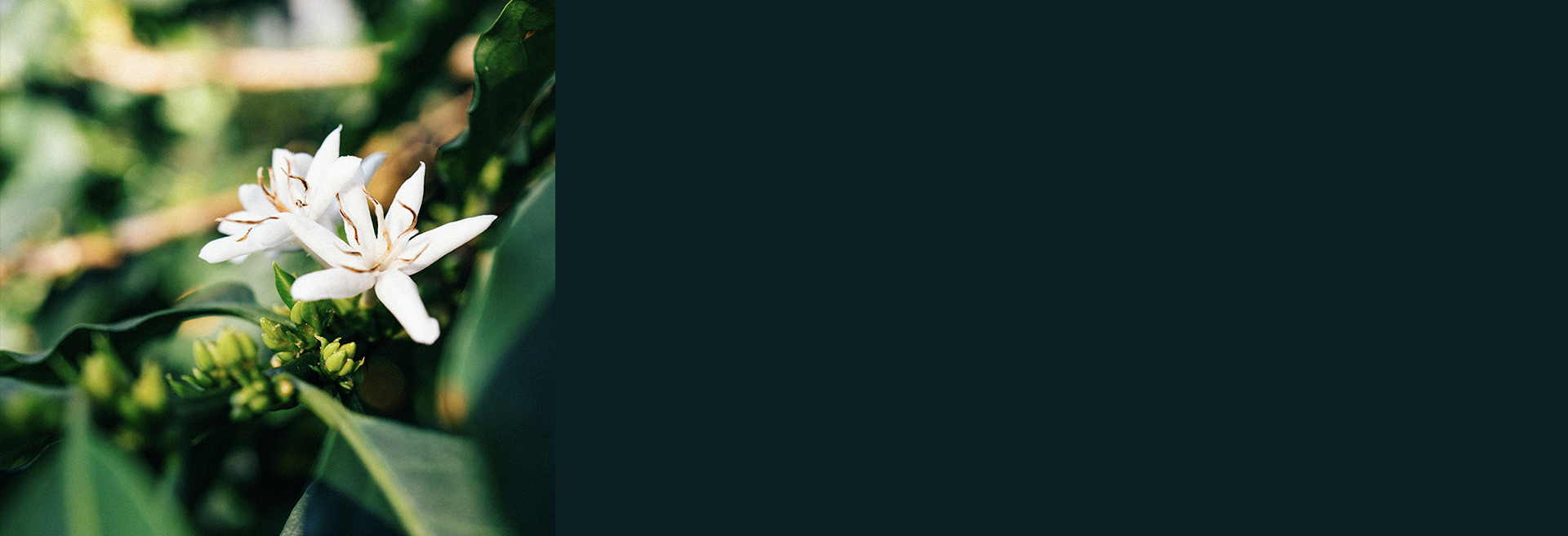Kenya
Kamwangi - Kenya
250g
*Competition Series*
QUALITY SCORE: 90.00
Cup Notes
Black currant / Rose Hips / Grapefruit / Honey / Butter
Suggested for espresso and filter
when we roast
We freshly roast to order all coffees on Monday, Wednesday and Friday (excluding national holidays), and ship the same day! Cut-off time is 11:59pm (UTC+1) of the day before the roast day. *We only ship whole beans*
Details
- Producer
- Kamwangi Factory
- Country
- Kenya
- Terroir
- Kirinyaga
- Altitude
- 1600-1800 masl
- Process
- Kenya Washed
- Arabica cultivar
- SL28 & SL34
- Picked in
- Nov 2018 - Jan 2019
- Arrived in
- August 2019
- Shipped in
- Box + Vacuum pack
- Roast profile by
- Rubens Gardelli
- Roasted on
- Customised solid-drum roaster
THE STORY BEHIND
Kamwangi is a washing station—or factory, as they are called in Kenya—that is owned by the New Ngariama Farmer’s Cooperative Society, in the Kirinyaga district. It sits on the slopes of Mt. Kenya in the agriculturally rich Central Province at 1,610 meters above sea level. The cooperative has three washing stations: Kamwangi, Kainumui and Kiamugumo. Kamwangi is the largest of the three and was established in 1982. The washing station has five permanent staff but employs up to 50 people during the harvest. Around 500 members deliver coffee to Kamwangi.
Kirinyaga is famous for its coffee. The credentials of the location are indisputable. It is perhaps not surprising, then, that Kamwangi coffees are also exceptional. The area has deep, well drained and fertile red volcanic soil at altitudes of 1,100+ metres above sea level with around 1,400mm of rainfall annually. Smallholder members of this factory have access to training and technical advice in an effort to increase yields.
THE VARIETY
SL28 was bred by Scott Laboratories in 1931 from Tanganyika D.R. It has become very popular throughout Kenya and is recognised as a variety of exceptional cup quality. It has wide leaves with coppery tips, and the beans are wide. At the same time, the productivity of SL28 is comparatively low. Though there is no sufficient proof, some sources claim that Scott Labs crossed mutations of French Mission, Mocha and Yemen Typica to produce SL 28. Whatever the exact genetic composition, their original goal almost certainly was to create a plant with high quality, reasonable productivity and great drought resistance.
SL 34 is a mutation of French Mission, originating from the plantation of Loresho in Kabete. SL34 has wide leaves with bronzy tips. It is widely grown throughout Kenya. SL34 is valued for its high productivity in different climate conditions and great height ranges. It is also claimed to be resistant towards drought and strong rainfall.
THE FERMENTATION PROCESS
Kenyan coffees are almost universally processed using a method called ‘double fermentation’, which is a variation of the washed processing method.
Almost all producers across Kenya use only this method, and it is considered the best practice by many.
In the double fermentation processing method, farmers depulp the cherries immediately after harvest and place the mucilage-coated seeds in fermentation tanks, keeping the contact with water at the minimum, for 12 to 24 hours depending on the rate of fermentation.
The fermentation helps break down the mucilage making it easier to remove, but also helps develop the mucilage’s latent fruit properties, imparting some of those properties into the coffee seed.
At this first stage, the fermentation is allowed to continue until most of the mucilage gets separated from the seed. The coffee is then flushed from the tanks into water channels where the agitation helps to rinse and remove the loose mucilage, stopping the fermentation process. Seeds that are low density ‘floaters’ are also scooped off at this stage of the process, - this is one of many steps ensuring the consistently high quality of Kenyan coffee.
After the coffee has been cleaned, step one is repeated, and the coffee is left soaking in a secondary fermentation tank for other 12 to 24 hours. This restarts the fermentation, but this time less sugar and fruit material is available. When this second stage is over, the coffee is once again run through water channels where any final residual mucilage is removed.
The coffee is then separated in lots, and the various lots are moved into their own water tanks where the coffees are soaked for additional 24 hours. Since the mucilage has been completely removed, and the coffee is soaking in significantly more water, it’s assumed that enzymatic activity in the coffee increases in this soaking tank, resulting in a strengthening of the amino acids and proteins present in the coffees.
The soaked seeds are then taken out and placed on raised drying beds and spread to a depth of a couple of inches. The idea is to initially dry the coffee rapidly to drop the moisture content and reduce the risk of rotting. After this initial fast drying period, the coffee is heaped into 6 inch deep mounds and moves into a longer, slower stretch of drying to encourage long term quality of green beans. How long the coffee remains on the raised beds can vary greatly depending on temperature and weather but it needs to be constantly turned during this period to achieve even drying. Once the moisture of the coffee reaches around 11-12%, this essentially concludes the processing of Kenyan coffee. They are finally dry hulled, graded and prepped for export.



